The Baltic Sea as the frontline for European Energy Security
Learn more about how to harness and utilise the substantial, but largely untapped potential for offshore wind power in the Baltic Sea.
Explore the publicationPerspective
Wind energy
Biodiversity
Green financing
+8
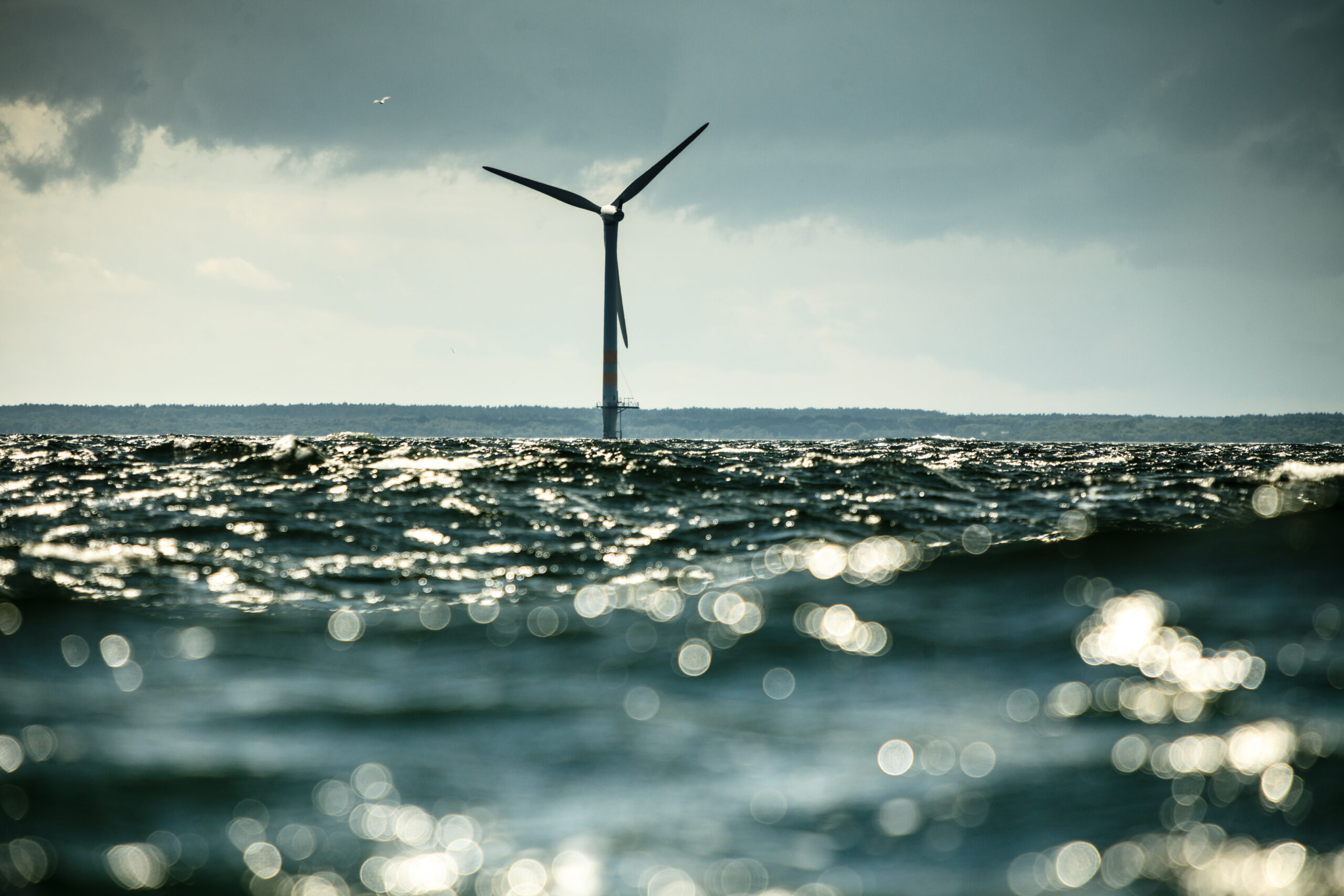

At this year’s Wind Europe conference in Bilbao, Spain, the spotlight is on the significance of wind power and its implications for Europeans both domestically and internationally.
With ambitious climate targets across Europe, there is an urgent need to seek out potentials for collaborations across borders and build on the extensive experience that has placed Europe at the heart of the global wind industry for decades.
The conference delves into the overall advantages of wind energy across five key areas: energy security, employment, community, economic growth and investment, and nature. Below we provide you with five examples of Danish initiatives within each category.
Also read: Discover Danish expertise at WindEurope 2024 in Bilbao

Learn more about how to harness and utilise the substantial, but largely untapped potential for offshore wind power in the Baltic Sea.
Explore the publicationA shift in the geopolitical development has created an urgent need for a rapid plan to build a stable and independent European energy system.
Gearing up on wind energy is essential, and collective political actions are already underway to expand renewable energy across Europe, with an aim to reach 45 pct. by 2030.
A recent report from WindEurope indicates that these targets are within reach, with projected installed wind capacity reaching 393 GW by 2030. However, to meet the EU’s climate objectives for 2030, a total capacity of 425 GW will be required.
The North Seas Energy Cooperation, formed in early 2019 and currently chaired by Denmark, plays a important role in this respect, paving the way for close collaboration between nine countries in the North Sea region to unlock the potential for cross-border offshore wind production and grid interconnection that can power more than 230 million European households with affordable clean energy.
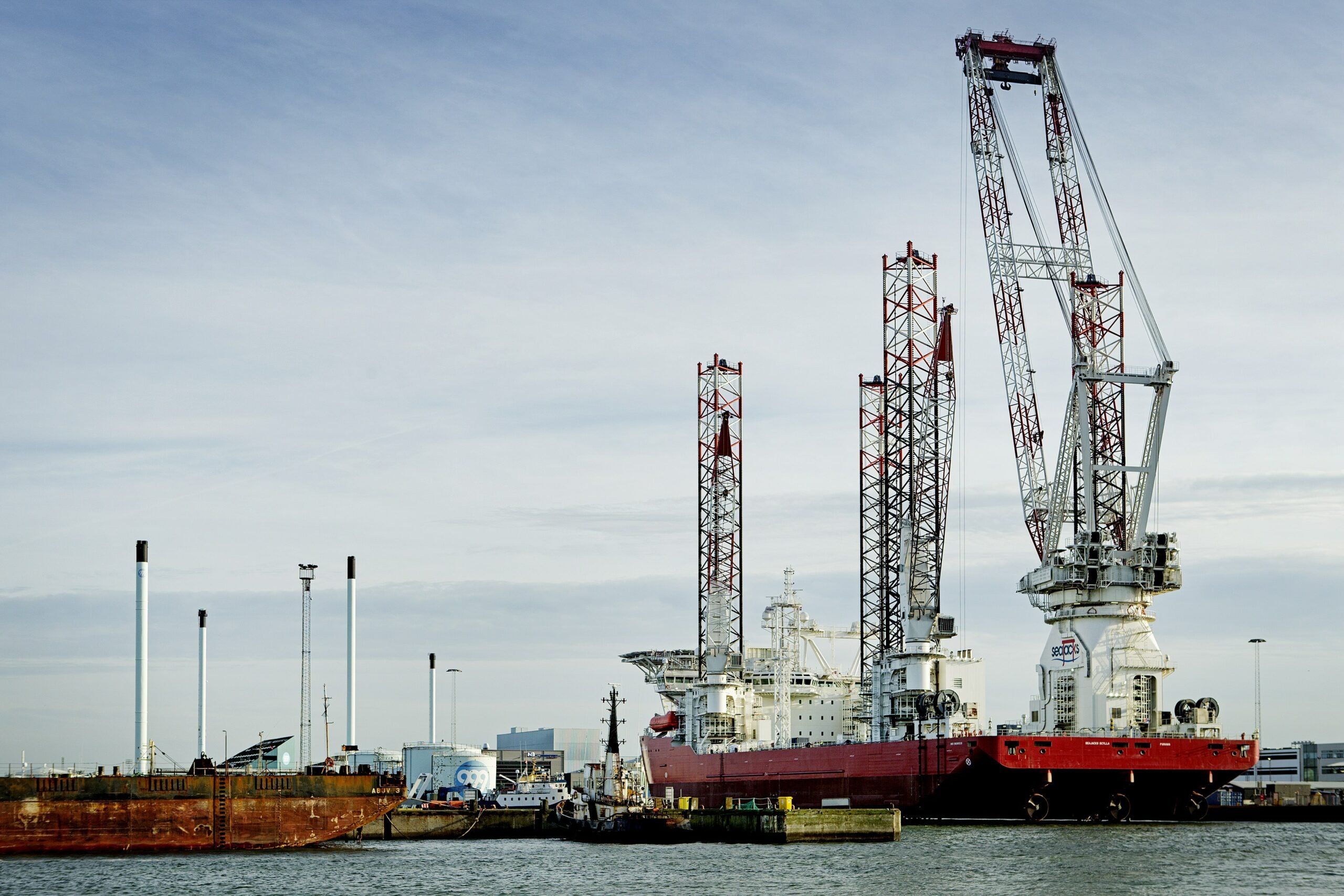
Port Esbjerg is the North Sea’s leading port for offshore wind, base to the Danish offshore industry and an international hub for multimodal transport.
Discover Port EsbjergThe wind energy industry accounts for nearly 350,000 jobs across Europe, making it a significant industry. And with 250 GW installed across the continent, wind energy already flows in our energy systems powering our factories, heating our homes, and sustaining the livelihoods of millions of Europeans – with clean and homegrown power solutions.
As we continue the transition away from a fossil fuel based energy system to an energy system powered by renewable energy, there is also a need for a just transition of the workforce that has decades of experience working in the oil and gas sector, but are now needed in the rapidly expanding offshore wind sector.
The Port of Esbjerg in Denmark is a perfect example of this. Once a fishing harbor and later a hub for oil and gas exploration in the North Sea, the port has transformed itself into the world’s largest base port for offshore wind activities. Serving as a link between production facilities and wind sites in the North Sea and containing over 200 companies and 10,000 employees, the port hosts the entire wind value chain from R&D to maintenance, making it a hub of innovation and industry collaboration.
Positioned strategically on the west coast of Jutland, the Port Esbjerg ships out over 80 % of Europe’s offshore wind capacity. To sustain this growth, the port continues to enhance scalability, flexibility, and collaboration to meet the evolving demands of the wind sector.
Jesper Bank, CCO of Port Esbjerg will participate in a session chair about ports at WindEurope, discussing port infrastructure, capacity and supply chain hubs.
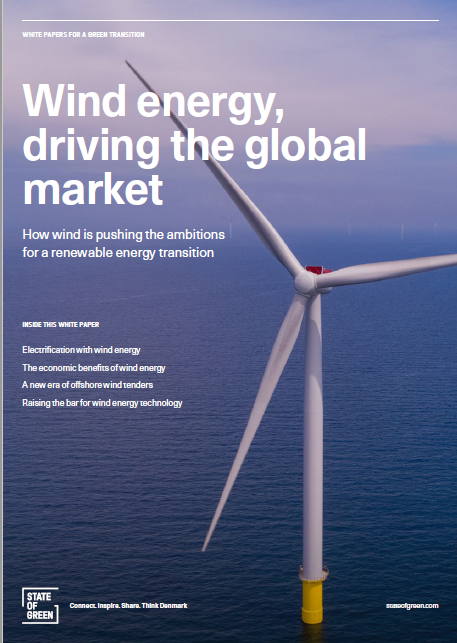
A vast majority of the Danish population are in favour of the green transition, and Danes are used to seeing wind turbines in the landscape. Learn more about how to go from NIMBY to PIMPY, that is from “not in my backyard” to “please, in my backyard” in our white paper.
Explore the white paperAs the wind industry continues to expand across Europe and globally, the importance of fostering strong relationships with local communities can not be understated. Community engagement and management is imperative in the transition from NIMBY to PIMBY.
In a position paper, WindEurope have pointed to principles such as transparent communication, direct involvement of local stakeholders, and elucidating benefits from wind energy investments as key areas.
Denmark has a long history of incentivising local co-ownership and ensuring early involvement to promote local support for new wind projects.
Located on the Danish west coast, Sdr. Bork Windpark is a great example of how co-ownership can make local green transitions a beneficial exercise for everyone involved. Since its inception in 2013, the project has flourished on the backbone of local commitment and collaborative efforts, with many shareholders being the local community.
Read more: How local cooperation has made Sdr. Bork Windpark possible
A little further up the coast, another example of strong local anchoring in the wind industry is underway. Owned by a wind turbine co-operative of 2,800 members, a 15 MW wind turbine from Vestas is currently being installed in the small port city of Thyborøn in Jutland, Denmark. Standing with a total tip height of 266 meters once installed, nearly as tall as the Eiffel Tower, the project behind the turbine have been largely driven by local collaboration with the communities around Thyborøn, with around one out every five citizens aged 18 and above having invested in the project.
Read more: One of the world’s biggest wind turbines is being installed in Jutland, backed by local support
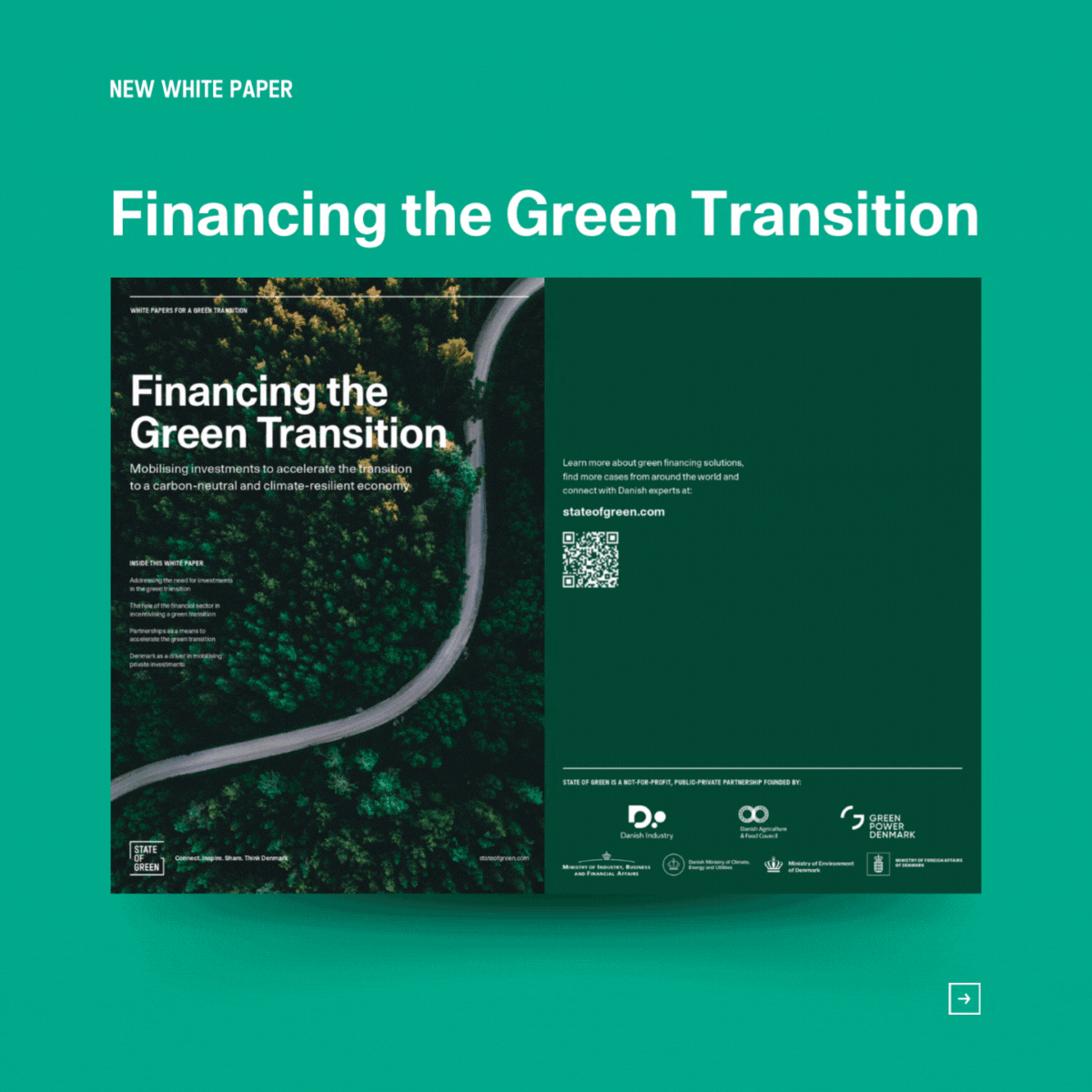
This white paper provides a comprehensive overview of the global key aspects of financing the green transition. Showcasing prime examples of green financing measures, the publication aims to inspire decision-makers and accelerate the green transition.
Discover the publicationFinancing the green transition is one of the biggest challenges of our time, and this also accounts for the wind energy sector. Green financing and investments in wind energy are essential for facilitating the green transition by reducing emissions, enhancing energy security, driving economic growth, achieving cost savings, and meeting renewable energy targets.
With ambitions to lead the way in accelerating the global green transition, Denmark have several institutional investors who have invested heavily in global renewable projects over the past decade.
For example, Copenhagen Infrastructure Partners (CIP) has recently launched Copenhagen Energy Islands, a new company dedicated to developing energy islands globally. With a portfolio of ten projects spanning the North Sea, the Baltic Sea, and Southeast Asia, the company aims to address the challenge of scaling up renewables to achieve net-zero carbon emissions by 2050. Majority-owned by CIP and supported by investors like PensionDanmark and PFA, Copenhagen Energy Islands sees these ventures as crucial for integrating large-scale offshore wind energy into global energy systems, offering cost-efficient build-outs and innovative solutions such as offshore green hydrogen production.
Learn more: Danish-led investor group will build artificial energy islands globally
State of Green has also recently released a white paper on “Financing the green transition” and a podcast episode of Sound of Green focusing on green investments, highlighting the growing importance of environmentally conscious investments in tackling global challenges. The white paper offers valuable insights and strategies for investors looking to align their portfolios with sustainability goals, while the podcast episode features engaging discussions with industry experts, providing listeners with actionable advice and inspiration for driving positive change through green investments.
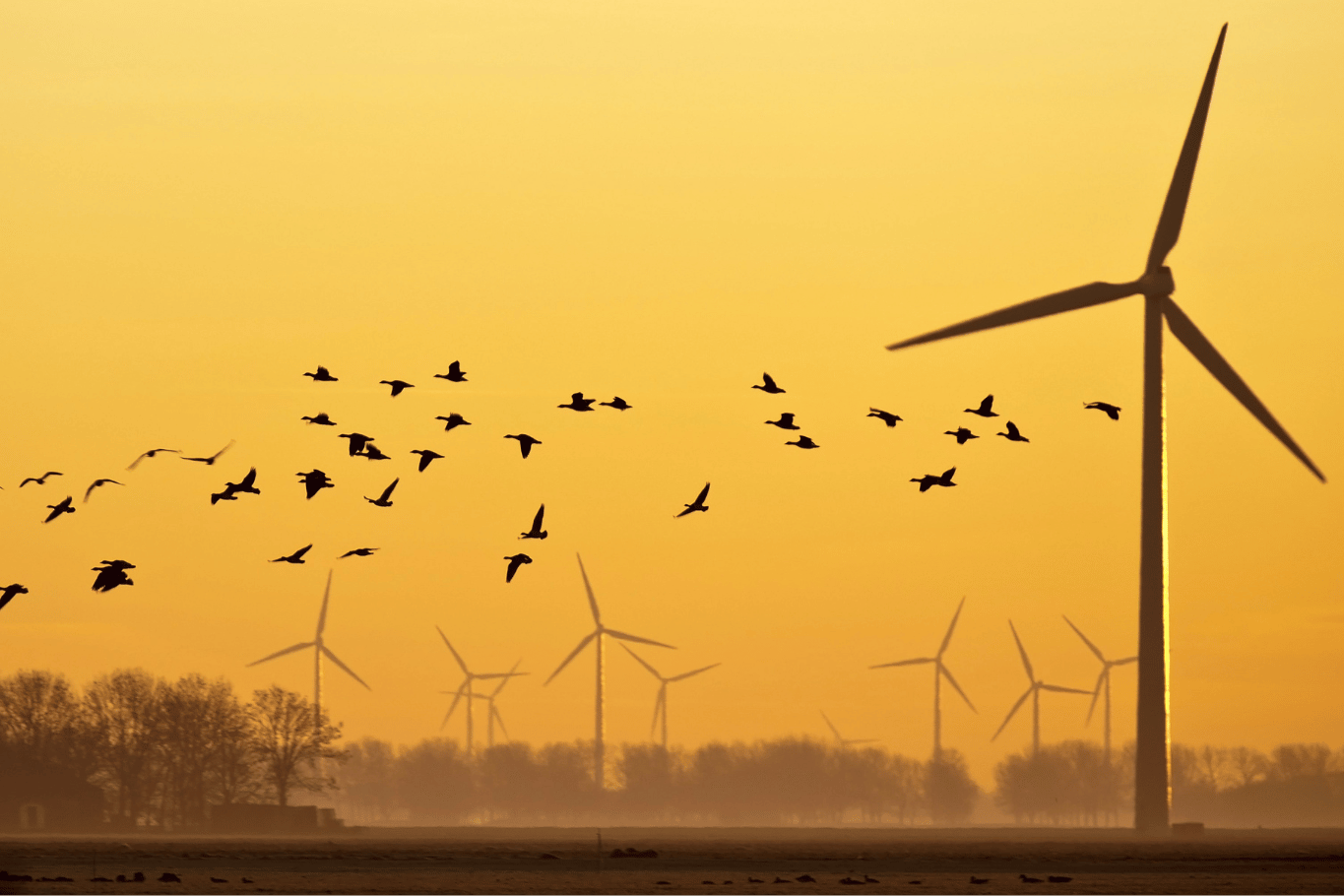
New initiatives is being made to support plants, animals and ecosystems in the future. Discover tangible solutions to reducing biodiversity impacts.
Explore the caseBy driving decarbonisation and economic growth in many countries, wind energy proves to be a leading solution against climate change globally. Nevertheless, conflicts may arise at grassroot level between renewables and nature conservation. Recognising this challenge, the wind industry is committed to documenting, communicating, and mitigating its environmental footprint with several initiatives.
One of these initiatives is ReCoral; a project made by Ørsted with an approach to restore coral reefs by utilising offshore wind turbine foundations as potential habitats for coral growth. Conducted in partnership with the Penghu Marine Biology Research Center, the project aims to support biodiversity while also harnessing renewable energy. By cultivating coral spawn in laboratories and introducing sustainable larvae to specially designed mesh cages around the turbine foundations, ReCoral seeks to provide a sanctuary for corals to thrive.
ReCoral by Ørsted™ is a proof-of-concept coral restoration trial in partnership with the Penghu Marine Biology Research Center. Learn more at http://orsted.com/recoral
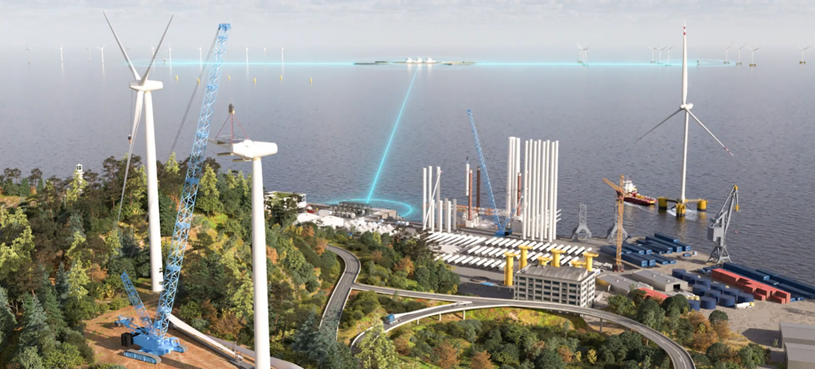
From R&D, installation and grid management to sustainable supply chains. Discover cross-sectoral solutions from the entire Danish wind value chain.
Disvor the Danish Wind Value Chain